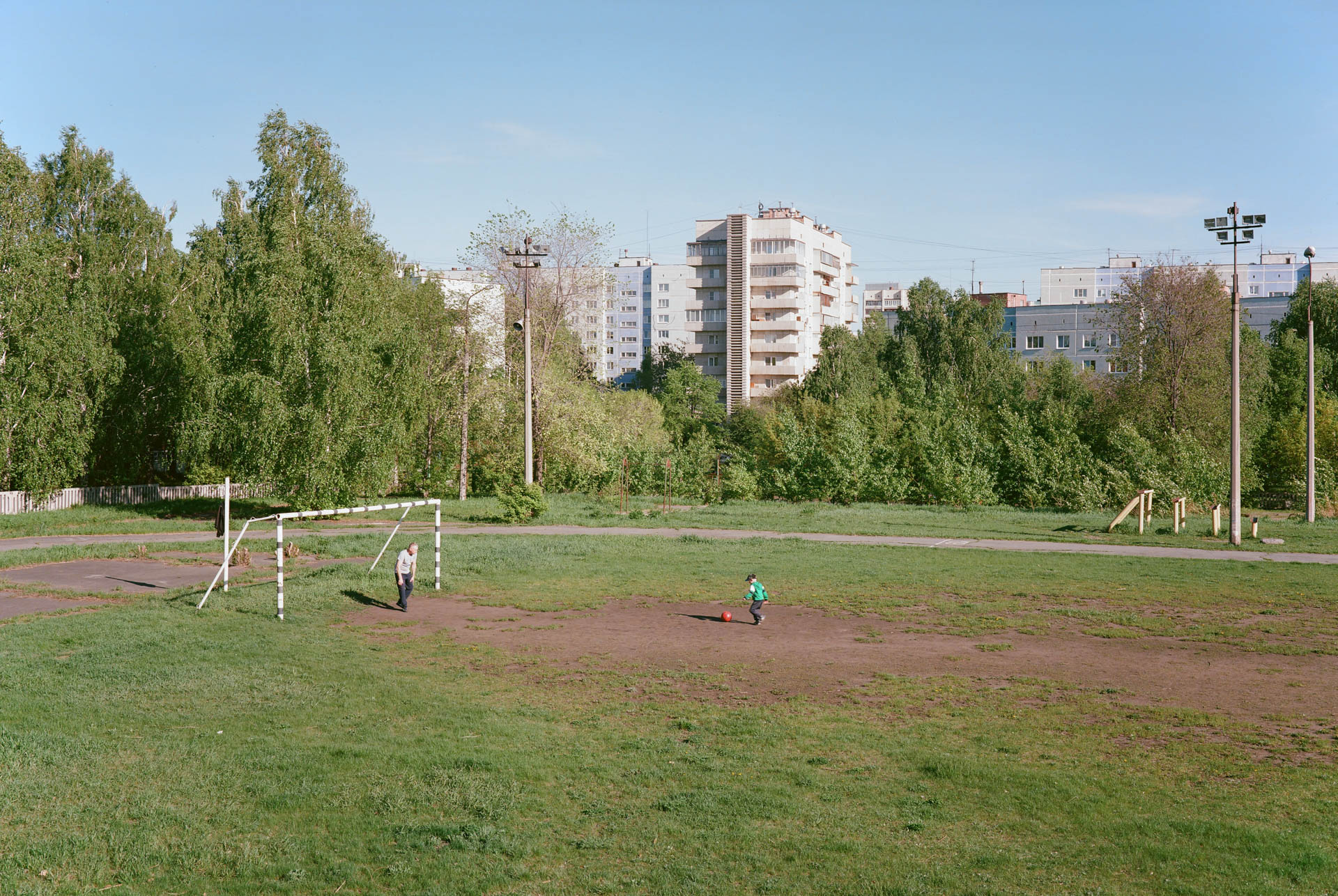
Ozersk
2019Ozersk
Ozersk is a closed city in Russia, nestled amid the Ural mountains, with a population of about 80,000 people. Here, the state-owned company "Mayak" produces nuclear weapons components and isotopes, stores and regenerates spent nuclear fuel, and manages the disposal of radioactive waste. It was in this city that the plutonium charge for the first Soviet atomic bomb was created.
Access to Ozersk is restricted, requiring obtaining a pass for a specified period, ensuring that only individuals with family or professional ties can enter. This strict regulation creates an environment where "random" visitors are virtually nonexistent. Due to its secret and sensitive status, Ozersk was designed as a self-sufficient entity, providing all necessary structures and goods for its residents. It carries the aura of a place with a utopian history, evident in its clean streets, fragrant apple trees, and Stalinist architecture in the "old city."
Access to Ozersk is restricted, requiring obtaining a pass for a specified period, ensuring that only individuals with family or professional ties can enter. This strict regulation creates an environment where "random" visitors are virtually nonexistent. Due to its secret and sensitive status, Ozersk was designed as a self-sufficient entity, providing all necessary structures and goods for its residents. It carries the aura of a place with a utopian history, evident in its clean streets, fragrant apple trees, and Stalinist architecture in the "old city."
However, this idyllic atmosphere is juxtaposed with the nearby plant producing components for nuclear weapons, challenging the perception of serene everyday life. In 1957, Mayak was the site of the Kyshtym disaster, one of the worst nuclear accidents in history. A poorly maintained storage tank exploded, releasing 50–100 tons of radioactive waste into the atmosphere. The resulting radioactive cloud spread northeast from Ozersk, covering a vast territory that remains restricted to this day.
Audio recordings were made during the conversations with the local citizens. Most of them are working on Mayak plant or worked there in the past.
Audio recordings were made during the conversations with the local citizens. Most of them are working on Mayak plant or worked there in the past.






















